Giant Clam
The Giant Clam is a sad case, he can’t relocate, because he gets just one chance to find a nice place to live. Once he fastens himself onto a reef spot, he cannot unfasten and will sit there for the remainder of his life.
These folks, who live only on the bottom of the ocean or sea, are the largest bottom dwelling mollusks on earth, reaching four or more feet in length and weighing in at a trim 500 pounds.
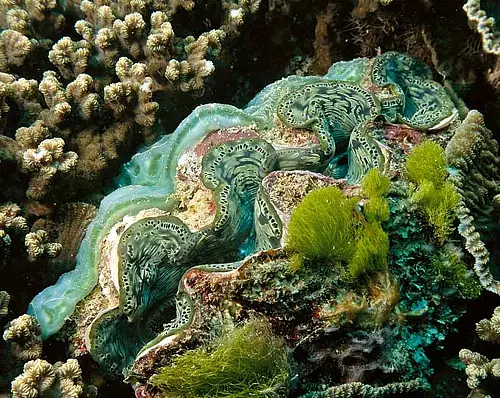
Once a giant clam attachs to the reef he cannot move again for his entire life
These behemoths live in the warm waters of the south Pacific and Indian Oceans, and achieve their giant size by consuming the sugar and protein that a billion algae that live in their tissues produce for them.
In exchange they offer these algae a safe home and good access to sunlight to provide for their photosynthesis needs, basking during the day with their shells open to the light and their multi-colored mantles exposed.
Clams can live up to 150 years old , and some of them even longer. Scientists believe that some of the larger ones that have been found off the East Coast of the U.S. are over 200 years old.
Giant Clams use a siphon to draw in water to filter and consume passing plankton. Giant clams are excellent bio-filters, which mean they extract nutrients out of the water for their own use and this is how they take in nourishment.
For centuries giant clams have been given the reputation as man eaters, legend describing them as entities that wait to trap swimmers and divers and swallow them whole.
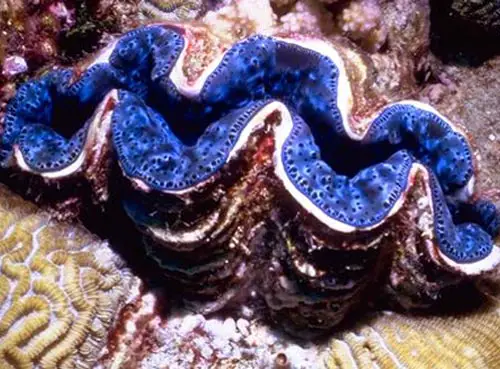
Giant clams have some incredible coloration
In reality no account of any human death by a clam has ever been recorded or reported, and scientists say its adductor muscles, which are the muscles that are used for them to close their shell move by far too slowly for them to take a human swimmer by surprise, and that even the largest of them would rather retreat into its shell than to sample a human as prey .
The mating habits of the clams will vary widely according to what kind of water they live in. In River clams the male releases his sperm into the water and the current carries it to the female, however for the clams who dwell on oceans bottom, the male will also expel his sperm, but the female will also release her eggs into the water around her.
The fertilization only happens when the sperm and egg float near each other. During a breeding season, a female clam has the capacity to make tens of thousands of baby clams and very often in the ocean this will happen, however of those thousands, in most cases, only one settles to the bottom and survives to become an adult clam.
The largest giant clam that has been weighed in so far, weighed about 734 pounds!
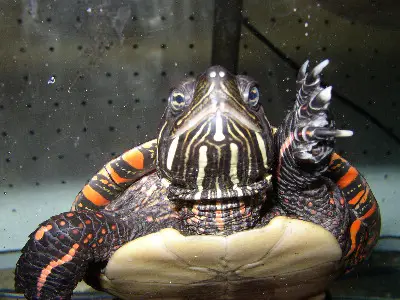
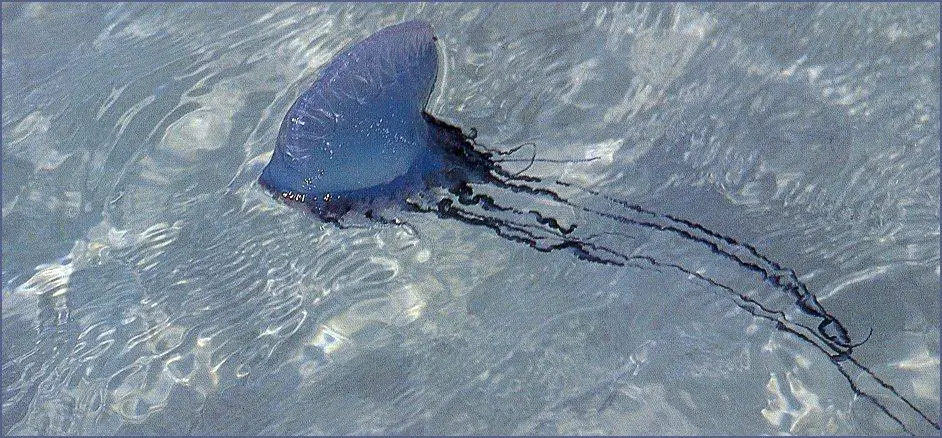
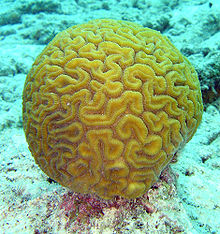
Wow!
god it is amazing.
I adore your photos and article on giant clams!
At the Mermaid Blog, The Mermaid loves to share info on all sea beings, too, and your site is a great source for all us who love the seas!
This is incorrect, ONE Giant Clam individual is BOTH male and female. One individual emits both sperm and eggs into the water above it.
Fail. ^ Giant clams have distinct sexes. The male clam expels sperm and the female clam expels eggs, which meet in open water and form a little planktonic baby clam :)
P.S. It says so on numerous other credible websites as well. Search for yourself, and if you find that you are right, post a link as a reply. :)
okay, I’m salty… I think you are right! :D
no ur not
Exactly!! there are males and females!! that’s why out of thousands of eggs maybe only one will plant itself to the sea floor!! If just one was male and female than the ocean would be covered with giant clams cause all the eggs would be furtilized!!
No, youname:) you (and jennelle) are in fact salty!
http://www.weichtiere.at/Mollusks/Muscheln/haupt.html
HAAAA! It says that the Giant Clam, or the Tridacna gigas, has separate female and male clams that release eggs or sperm hormonally! MUAHAHAHA!